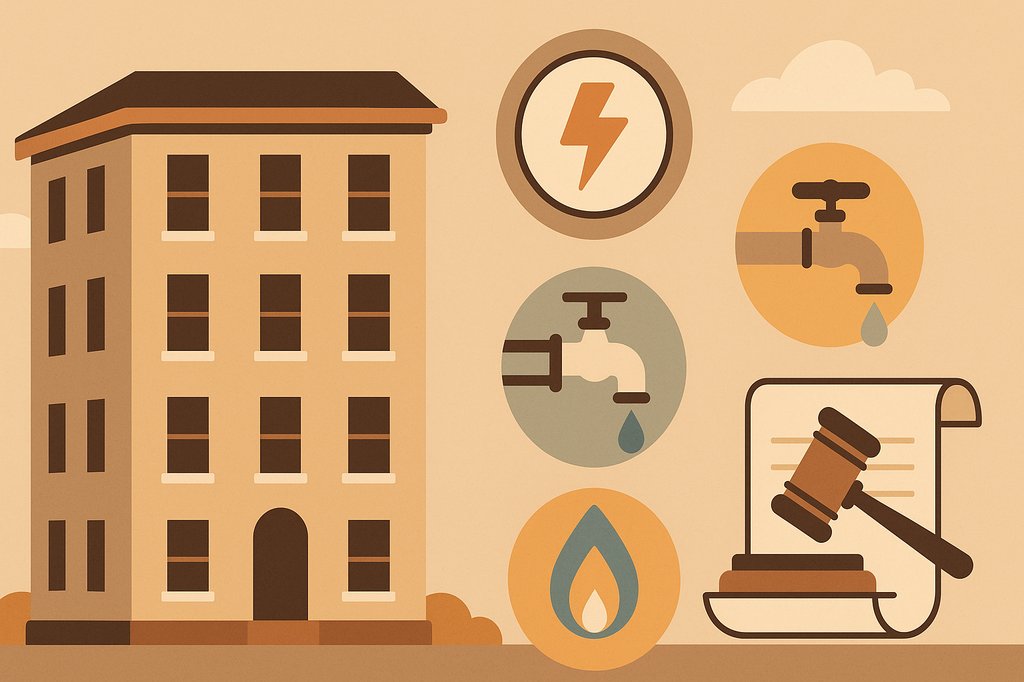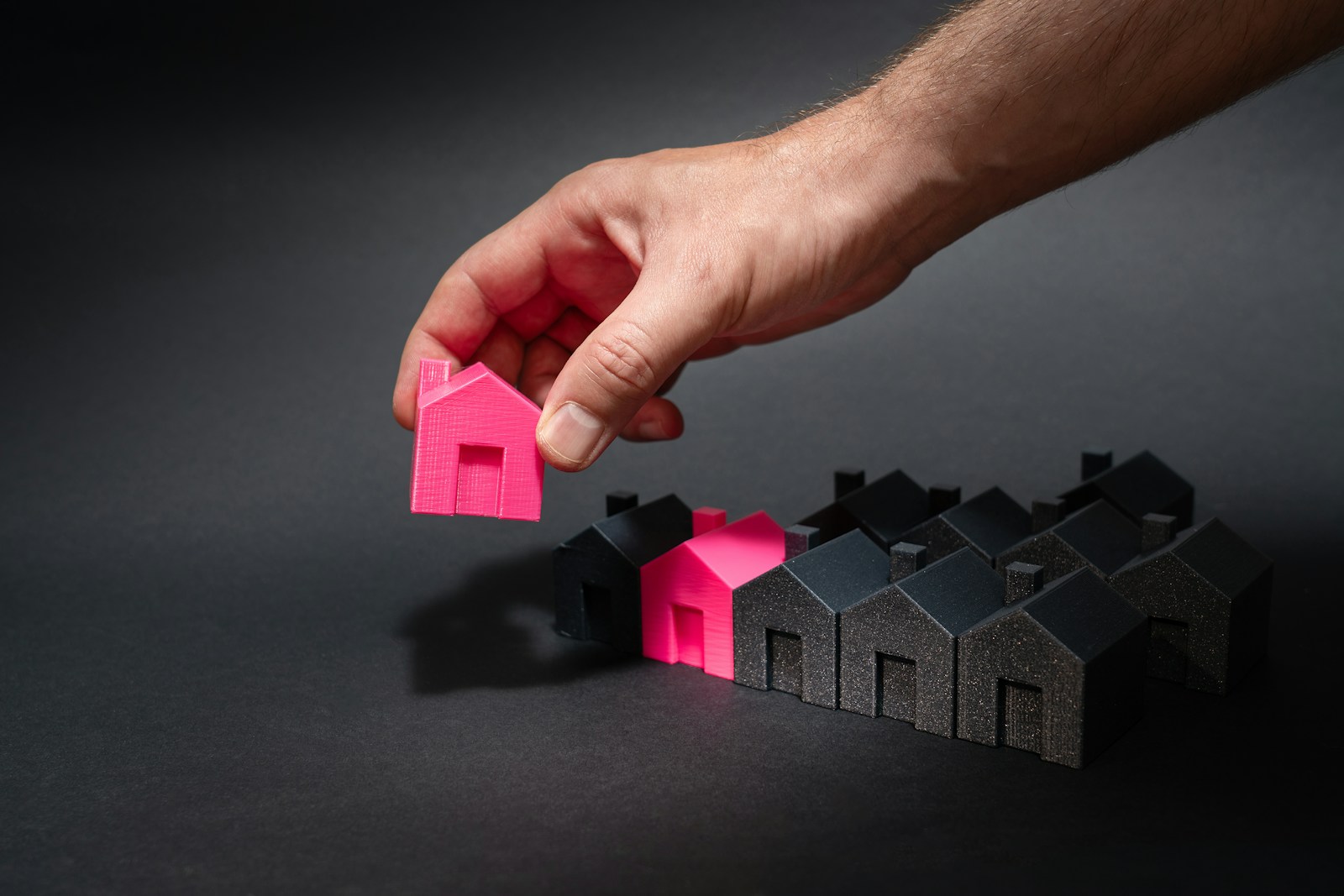How to test appliances before a tenant moves in

If you furnish appliances, you’ll want to make sure they’re in good working order. You probably also want tenants to be able to use them to make their lives more comfortable and enjoyable.
Appliances don’t last forever, so when you’re getting ready to welcome a new tenant, test appliances to make sure they’ll last. Like people, appliances get sick, and when they do, they display recognizable symptoms. Looking for these symptoms when you test appliances usually doesn’t require any tools.
Related:
4 basic amenities that attract quality tenants
How long should appliances last?
The dryer
The dryer is the appliance that can cause the worst problems because it can overheat and start a fire. According to FEMA, dryers cause 2,900 fires in the U.S annually. After making sure the vent and lint trap are clean, dry a load of clothing you’ve just run through the washing machine and conduct these simple tests:
- Turn the dial to manual and make sure the dryer starts. Check for excessive vibrations or squeaks, which could mean the drum belt is loose.
- Set the timer to 60 minutes or the drying cycle to “Normal,” time how long it takes for the dryer to shut off. It will be 60 minutes if the manual timer is working. The timing is variable for an electronic dryer, but it should be close to 60 minutes.
- Take out the clothes and feel how dry they are. If they still feel wet, the vent line could need a deeper cleaning. If you’re sure the vent is clean, it’s time to call a pro to check the burner or heating element on the dryer.
The washing machine
Like dryers, washing machines often malfunction because something in the outlet hose is blocked. In this case, the outlet is inside the machine, and you may have to have it professionally removed. But first, you need to know it’s there.
- Do a load of wash and make sure the machine drains properly.
- This test might also reveal strange sounds that could indicate a loose belt or a problem with the motor.
- Doing a load of wash also gives you an opportunity to test the controls. If you hear any sounds, the machine vibrates excessively, or the controls don’t work, call a service pro. Most problems are fixable.
The refrigerator
Refrigerators also have moving parts, but they may make noise when they malfunction, and since a refrigerator is always on, you can probably hear it. The sounds are a warning to call a repair pro or get a new fridge. The gaskets, fan, and refrigeration system itself are also important.
- Open and close the doors to check the gasket seal. You should feel a slight pull on the door when it’s almost closed. Replace gaskets that are torn.
- Put a thermometer inside the fridge and turn the control to mid-range. Come back in 12 hours and check the temperature. It should be 40 degrees Fahrenheit. If it isn’t, turn the control to cold and check again in another 12 hours. Suspect a problem with the refrigerant if the temperature doesn’t reach 40 F.
- Look for water on the ground or in the refrigerator compartment. It can indicate problems with the refrigerant or the controls.
The water heater
- Turn on the hot water at every faucet and check the temperature.
- Take a careful look at the color of the water. Cooler-than-expected water or a yellow or brownish tinge point to sediment and rust in the water heater.
- Get it flushed before tenants move in to avoid water quality problems and premature water heater failure.
Related: The ultimate guide to “normal wear and tear”
The kitchen stove
The kitchen stove is probably the easiest to test.
- Turn on each burner or heating element in turn and make sure it provides maximum flame or glow when the control is turned up all the way.
- Set the oven to cooking temperature–about 400 degrees—and place an oven thermometer inside. Wait for it to reach the target temperature.
The other stove features are optional. They don’t have to work as long as you disclose that fact to the tenants.
Look for gas leaks
As you test appliances, be sure to listen for leaks coming from those that use gas. It’s a good idea to do a bubble test on each gas connection.
- Make a 50-50 solution of dish soap and water and spray some on each connection.
- If you see bubbles on any connection, tighten the connection.
- If you can’t stop the bubbles, get a licensed gas technician to service the connection.
Check the lights, plugs, and smoke detectors
An outlet tester will come in handy. Plug it into each outlet to check for power.
- Test GFCI outlets by pressing the bottom button on each one and verifying that the power goes off, and then press the reset button on the top to make sure the tester lights up again.
- Turn on each of the lights to check for burnt-out bulbs.
- Press the test button on each of the smoke detectors to make sure the alarm sounds.
Related: The long and short of smoke alarms
Give yourself time
As you test appliances, you may find problems that require professional repair. Give yourself time to make these repairs by conducting the tests at least a week before occupancy. That way, everything will be shipshape when tenants move in, and if anything goes wrong, it won’t be your fault.







